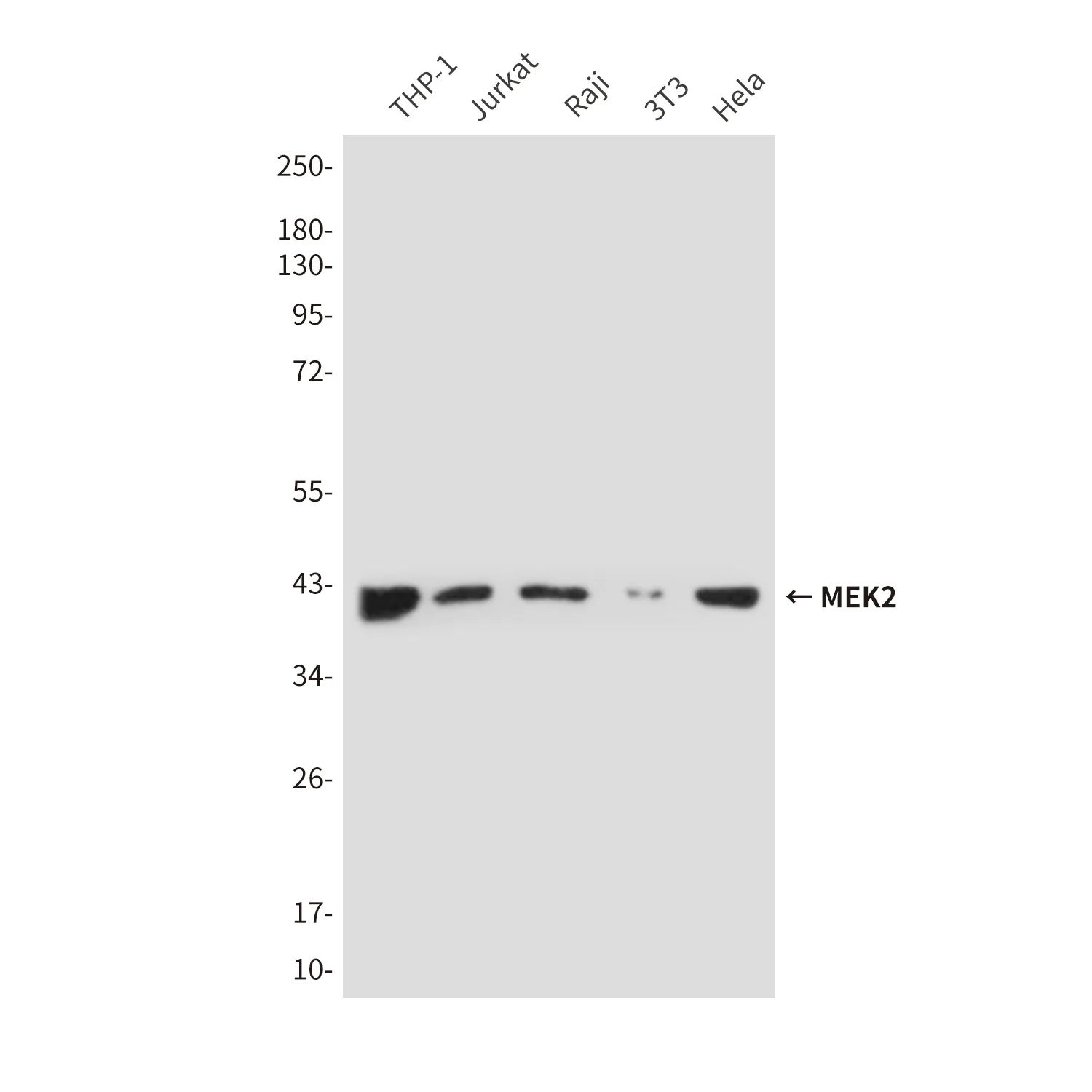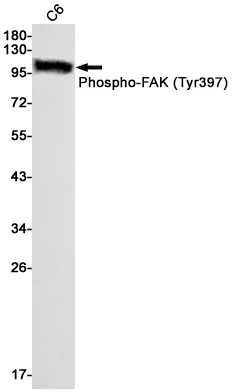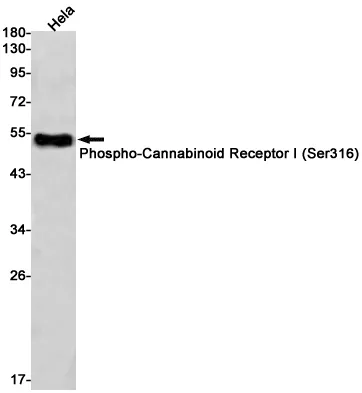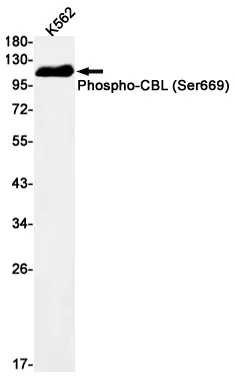Summary
Performance
Immunogen
Application
Background
Cell localization:Cytoplasm . Mitochondrion membrane . Mitochondrion outer membrane . When uncleaved, it is predominantly cytoplasmic. .; [BH3-interacting domain death agonist p15]: Mitochondrion membrane . Translocates to mitochondria as an integral membrane protein. .; [BH3-interacting domain death agonist p13]: Mitochondrion membrane . Associated with the mitochondrial membrane. .; [Isoform 1]: Cytoplasm .; [Isoform 3]: Cytoplasm .; [Isoform 2]: Mitochondrion membrane . A significant proportion of isoform 2 localizes to mitochondria, it may be cleaved constitutively. ..This gene encodes a death agonist that heterodimerizes with either agonist BAX or antagonist BCL2. The encoded protein is a member of the BCL-2 family of cell death regulators. It is a mediator of mitochondrial damage induced by caspase-8 (CASP8); CASP8 cleaves this encoded protein, and the COOH-terminal part translocates to mitochondria where it triggers cytochrome c release. Multiple alternatively spliced transcript variants have been found, but the full-length nature of some variants has not been defined. [provided by RefSeq, Jul 2008],
Research Area




